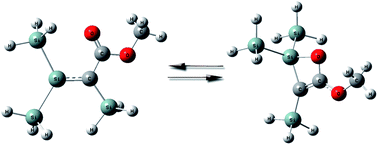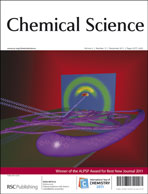Silene equivalents through the rhodium-catalysed reactions of α-hypersilyl diazoesters: a computational and experimental study†
Abstract
The generation of silenes through the rhodium-catalysed decomposition of α-hypersilyl diazocarbonyl compounds has been explored both computationally and experimentally. This transformation proceeds via a pathway involving initial formation of the


 Please wait while we load your content...
Please wait while we load your content...